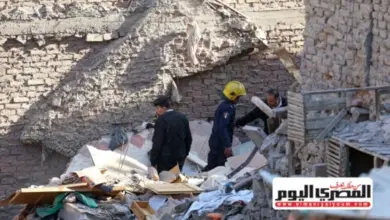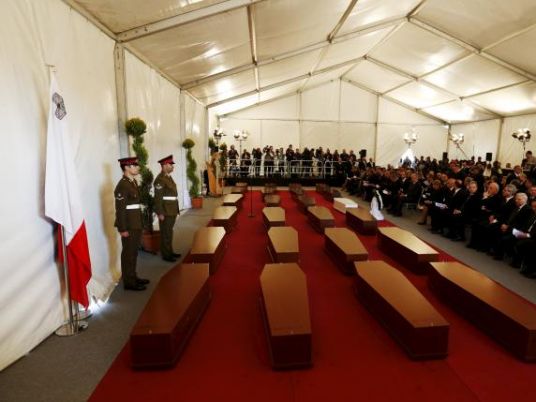
Men and women in funeral dress stare straight ahead as they sit inside wooden coffins.
They are wide awake and very much alive, but they're attending their own funerals.
French photographer Françoise Huguier photographed them this year at the Hyowon Healing Center in Seoul, South Korea. It's where groups of people who might be struggling with depression, stress or suicidal thoughts go to act out their own funerals. There isn't any additional mental health treatment around the funerals, Huguier said, but participants told her they believe it could make them feel better.
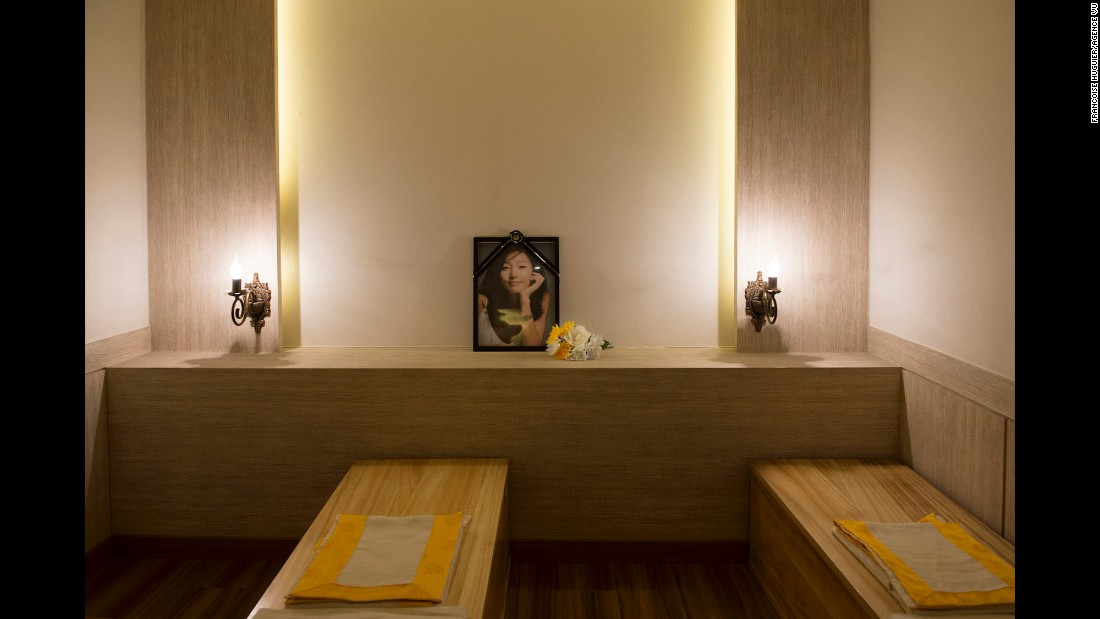
According to Huguier, the men and women get into the coffins as lights are lowered. The lids are closed for 10 long, quiet minutes. There are holes in the coffins so the participants can breathe.
South Korea has the highest suicide rate among the 34 countries in the Organization for Economic Cooperation and Development. For young people, especially, there's pressure to ace schoolwork and exams to land a good job at a big company, Huguier said.People she met came to the center on their own or because their doctors recommended it. They, like the center's founders, believe it offers an "experimental death in order to better appreciate life."
After participants arrive, their portraits are taken in the same style as photos found on the coffins of dead people, Huguier said. There's a speech about suicide and an emotional film, then participants dress in a funeral costume. They write their farewells and read them before the group.
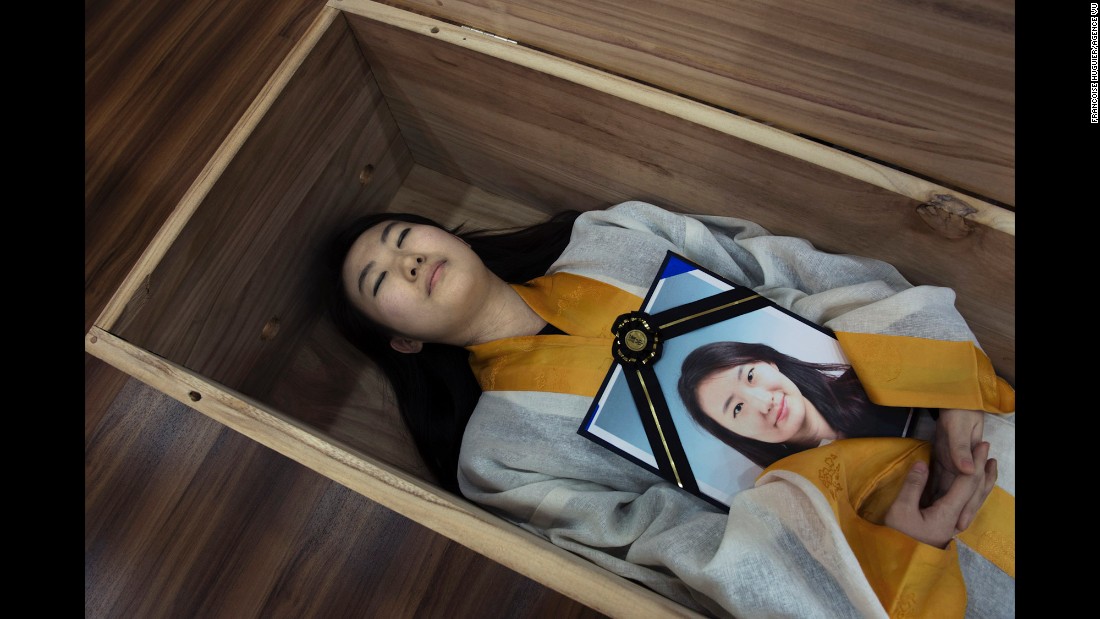
When the coffins were reopened, the reactions varied, Huguier said. Some people cried from claustrophobia; others were asleep. Some seemed lighter and happier. Some took selfies.
Then they get into coffins as lights are lowered. The lids are closed, and it stays that way for 10 long, quiet minutes.
When the coffins were reopened, the reactions varied, Huguier said. Some people cried from claustrophobia; others were asleep. Some seemed lighter and happier. Some took selfies.
"The head of the center tells them: 'Now you know what death looks like. You are alive. Fight for Korea,' " Huguier said.
This is a uniquely South Korean experience, she said. Other places have different relationships with death. Anywhere else, "You would go to a psychologist, but you wouldn't live this experience," Huguier said. It works because they're in a group, sharing the experience, she said. Otherwise, a person who laid down in a coffin "would look like a mad person."

Participants pose with their funeral portraits.
Huguier said she doesn't believe the experience will reduce suicides; it felt to her like a business designed to make money. But it could help those who believe in it, she said.
"People I met told me it helped them to feel better," Huguier said. "They do believe this is an answer, but I don't."
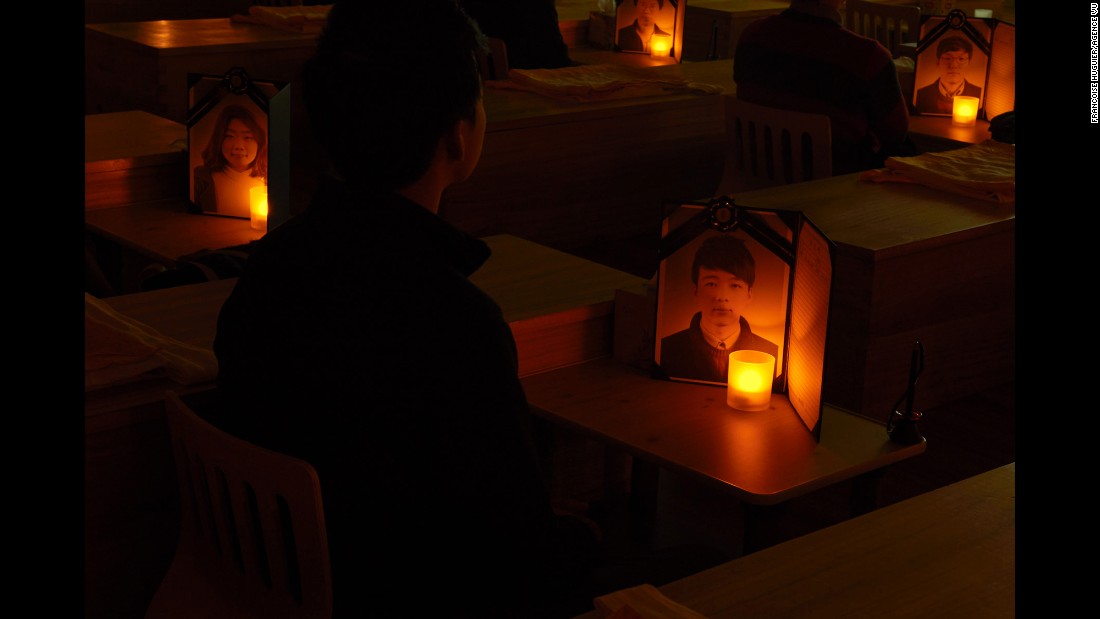
Candles are lit during the ceremony. Huguier said she doesn't believe the experience will reduce suicides; it felt to her like a business designed to make money. But it could help those who believe in it, she said.

